Publications
Filter by
Honey Badger Algorithm: New metaheuristic algorithm for solving optimization problems
Recently, the numerical optimization field has attracted the research community to propose and develop various metaheuristic optimization algorithms. This paper presents a new metaheuristic optimization algorithm called Honey Badger Algorithm (HBA). The proposed algorithm is inspired from the intelligent foraging behavior of honey badger, to mathematically develop an efficient search strategy for
Comparative 16S Metabarcoding of Nile Tilapia Gut Microbiota from the Northern Lakes of Egypt
Nile tilapia, Oreochromis niloticus, is the principal fish bred in Egypt. A pilot study was designed to analyze the bacterial composition of the Nile tilapia fish guts from two saltwater lakes in Northern Egypt. Fish samples were obtained from two Delta lakes: Manzala (ML) and Borollus (BL). DNA was extracted, and the bacterial communities in the stomach content were classified (down to the
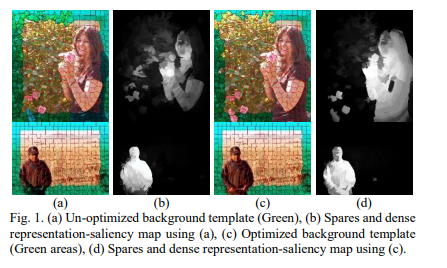
Robust Background Template for Saliency Detection
In this paper, we propose an effective saliency detection method based on dense and sparse representation in-terms of an optimized background template. Firstly, the input image is divided into compact and uniform super-pixels. Then, the optimized background template is produced by introducing boundary conductivity measurement to improve the dense and sparse representation of the image's super
Positive selection as a key player for SARS-CoV-2 pathogenicity: Insights into ORF1ab, S and E genes
The human β-coronavirus SARS-CoV-2 epidemic started in late December 2019 in Wuhan, China. It causes Covid-19 disease which has become pandemic. Each of the five-known human β-coronaviruses has four major structural proteins (E, M, N and S) and 16 non-structural proteins encoded by ORF1a and ORF1b together (ORF1ab) that are involved in virus pathogenicity and infectivity. Here, we performed
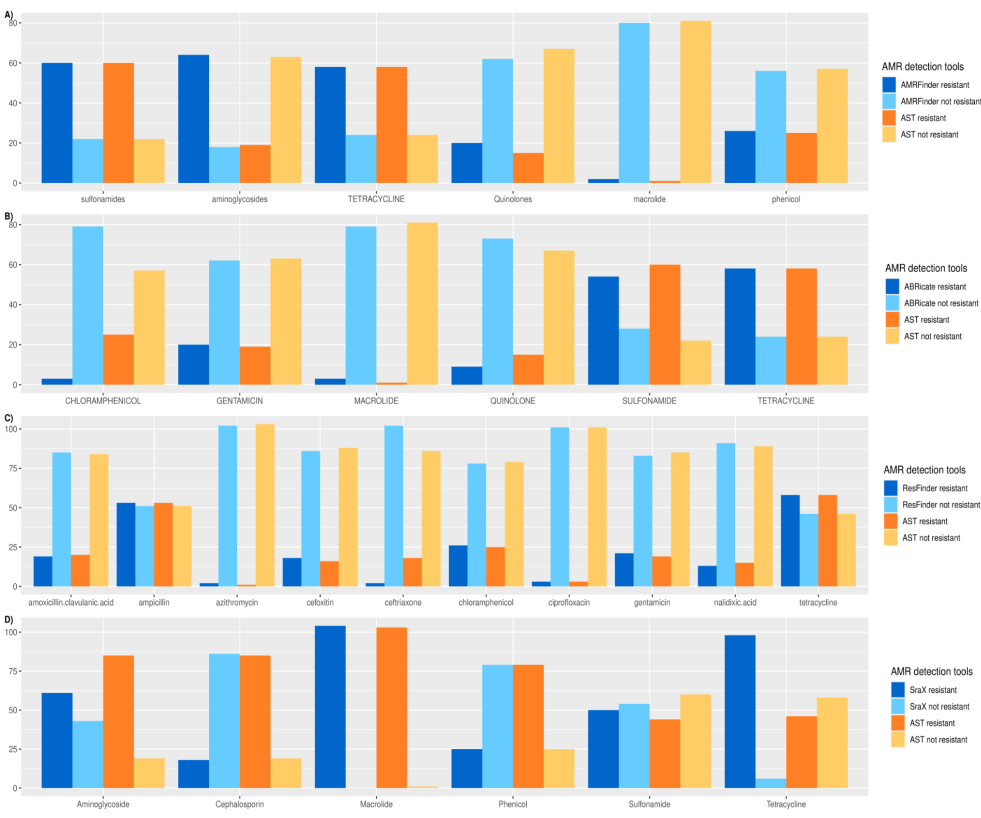
Benchmarking of Antimicrobial Resistance Gene Detection Tools in Assembled Bacterial Whole Genomes
Antimicrobial resistance (AMR) is one of the ten dangers threatening our world, according to the world health organization (WHO). Nowadays, there are plenty of electronic microbial genomics and metagenomics data records that represent host-associated microbiomes. These data introduce new insights and a comprehensive understanding of the current antibiotic resistance threats and the upcoming
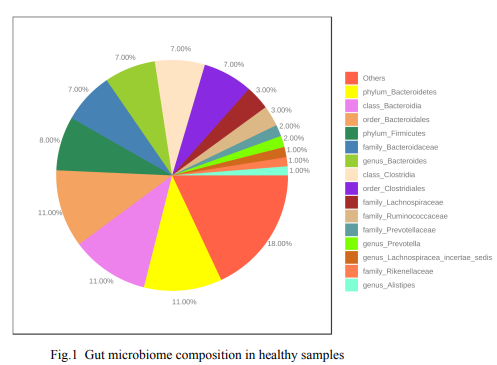
Potential probiotics for viral triggered type 2 diabetes
The scientific literature is full of studies that provide evidence highlighting the role of microbiome in type 2 diabetes (T2D) development and progression, still, discrepancies are evident when studying the link between certain taxonomic groupings and T2D, thus, eliminating the discrepancy between such studies is crucial to build on a robust systematic approach to identify the possible linkage

An E-health System for Encrypting Biosignals Using Triple-DES and Hash Function
This Electronic Health (E-Health) is a broad expression that enables the communication between healthcare professionals in handling patient information through the cloud. Exchanging medical data over the public cloud requires securing transferring for the data that's direct many researchers in proposing different secure schemes to enable users to handle data safely without hacking or alternating
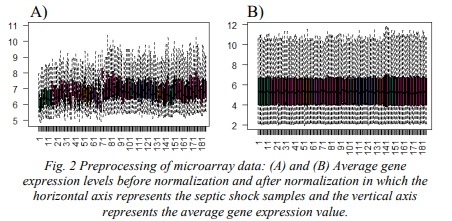
Studying Genes Related to the Survival Rate of Pediatric Septic Shock
Pediatric septic shock is generally considered as a devastating clinical syndrome that can lead to tissue damage and organ failure due to the over exaggerated immune response to an infection. Therefore, in this paper, we attempted to early identify the clinical course of such disease with the aid of peripheral blood T-cells of 181 pediatric patients who admitted to Intensive Care Unit (ICU)
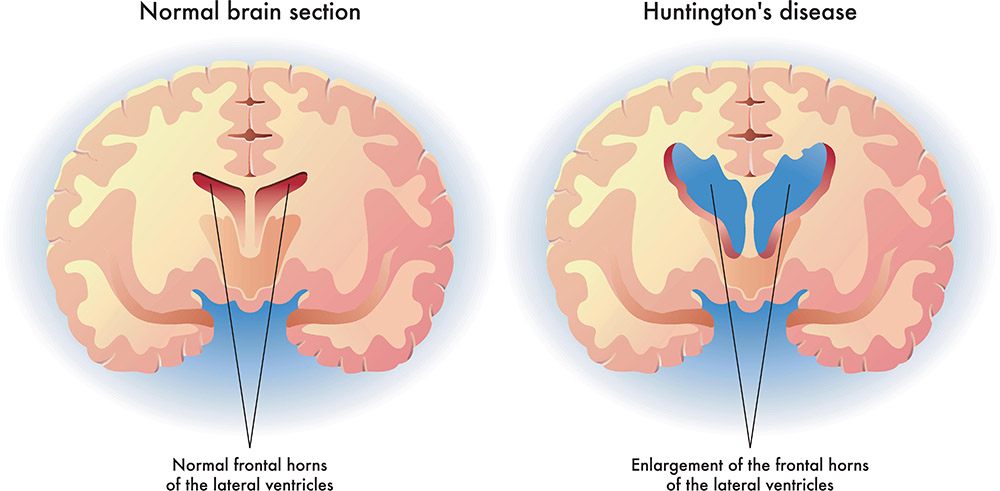
INVESTIGATION OF DIFFERENTIALLY EXPRESSED GENE RELATED TO HUNTINGTON'S DISEASE USING GENETIC ALGORITHM
neurodegenerative diseases have complex pathological mechanisms. Detecting disease-associated genes with typical differentially expressed gene selection approaches are ineffective. Recent studies have shown that wrappers Evolutionary optimization methods perform well in feature selection for high dimensional data, but they are computationally costly. This paper proposes a simple method based on a
Classification of Thyroid Carcinoma in Whole Slide Images Using Cascaded CNN
The objective of this research is to build a 'Whole Slide Images' classification system using Convolutional Neural Network (CNN). This system is capable of classifying Thyroid tumors into three types: Follicular adenoma, follicular carcinoma, and papillary carcinoma. Furthermore, the cascaded CNN technique is additionally employed to classify the classified follicular carcinoma into four

